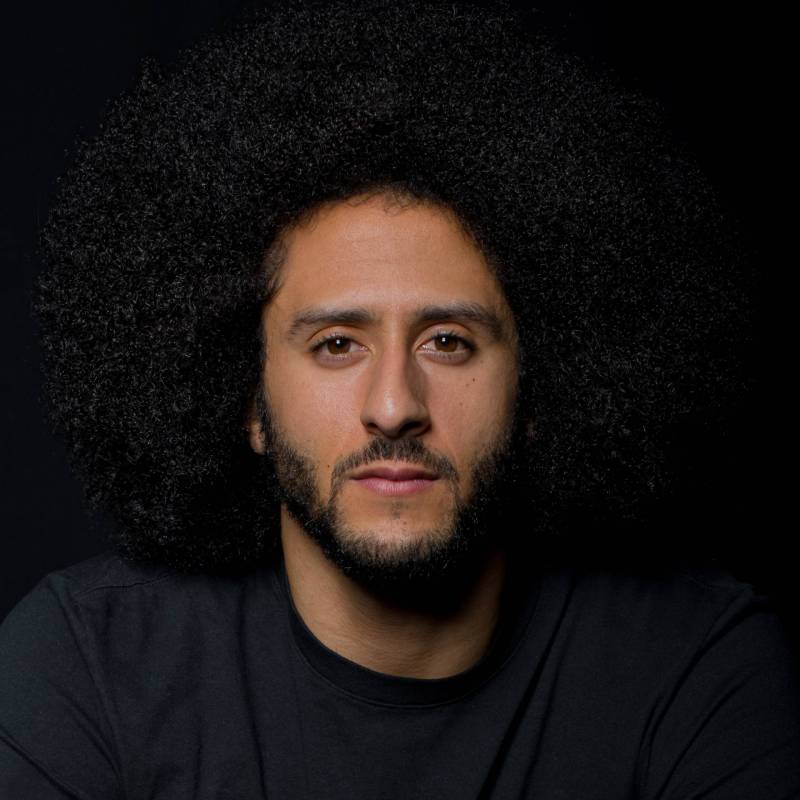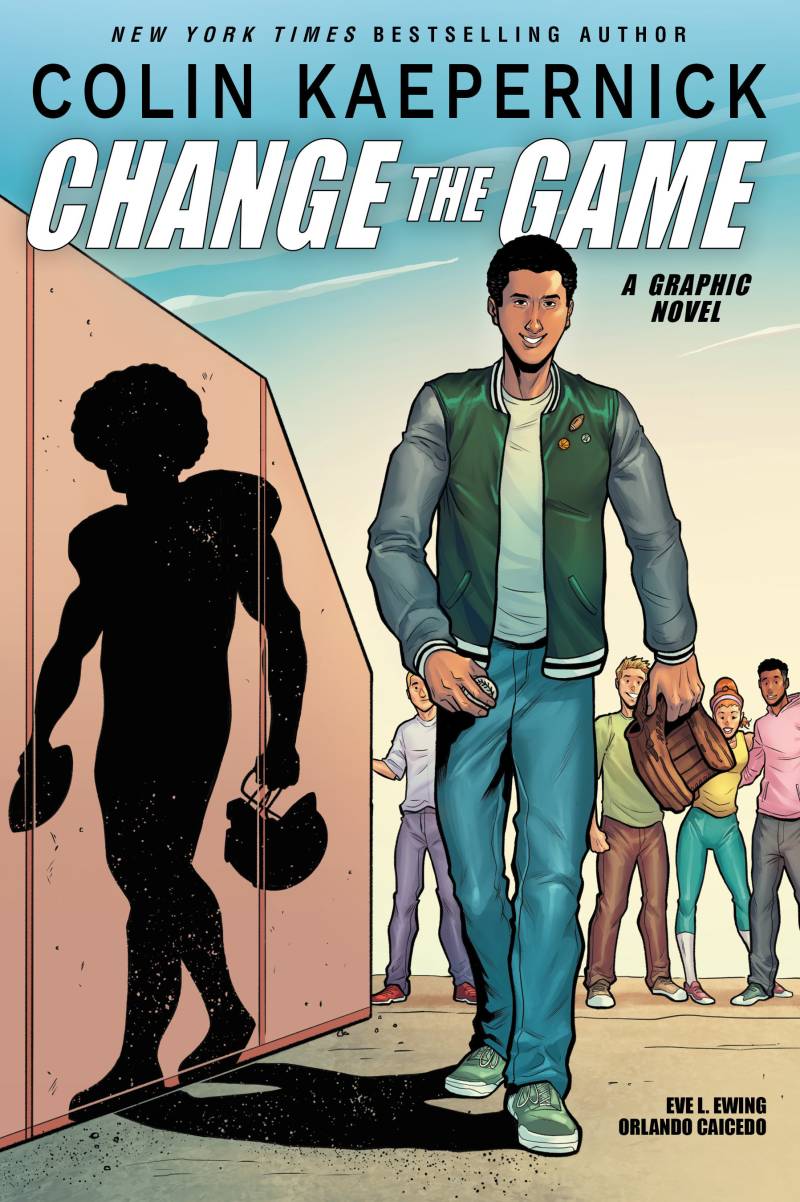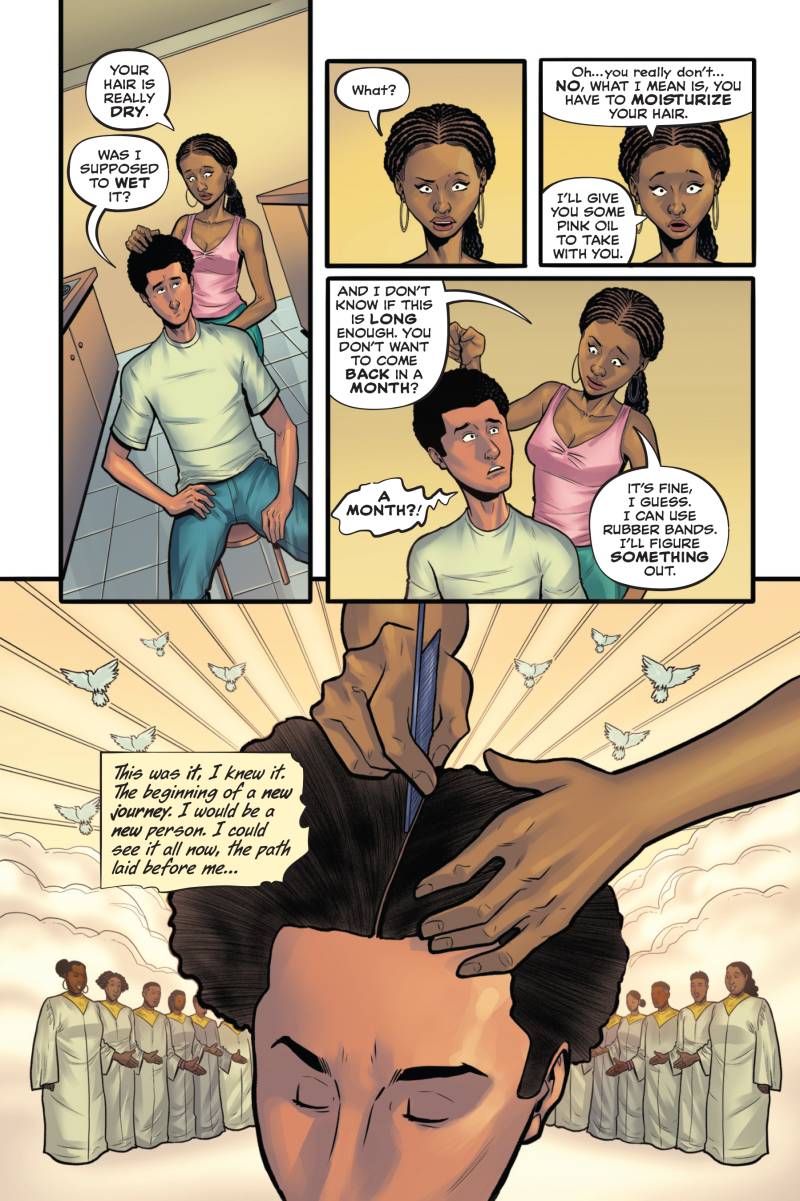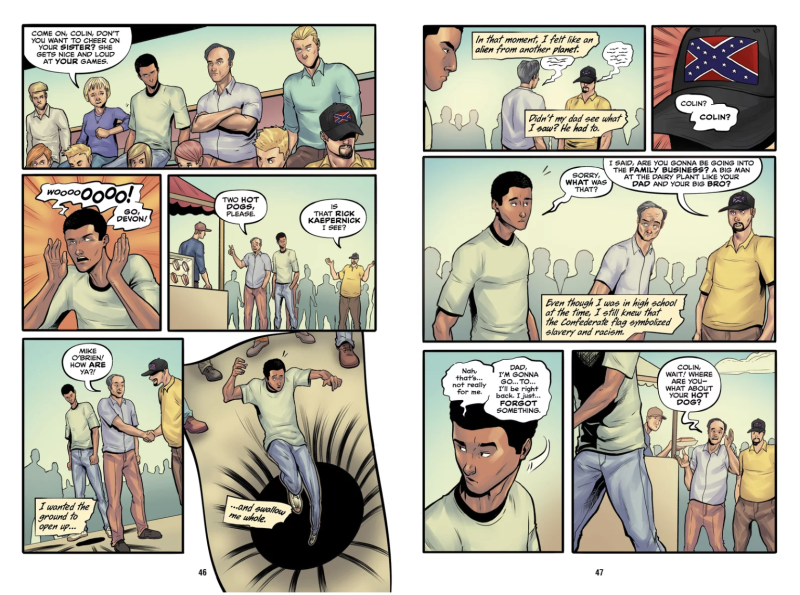Before Colin Kaepernick was the face and catalyst of a protest movement — across sports and society — and before he was the San Francisco 49ers’ starting quarterback in the Super Bowl XLVII, he was just a teenager trying to figure out who he was and where he was going.
Colin Kaepernick Describes How He Embraced His Blackness as a Teenager

Navigating everything from family to school can be especially overwhelming as a teenager. When it came to sports, Kaepernick often grappled with whether he was taking the right athletic route to the pros. He ruminated on pursuing baseball — where he had a lot of offers from colleges and received house visits from Major League Baseball personnel — or following his heart and patiently wait for a football scholarship. From anywhere.
Outside of sports, Kaepernick wrestled with his identity within his blended adoptive family. Culturally speaking, he felt misunderstood. His adoptive parents were white, and while Kaepernick is biracial, he identified as a Black man and the world around him treated him as such.
His upbringing and teen crucibles are the source of his new graphic novel, titled Change the Game, which is written with Eve Ewing and illustrated by Orlando Caicedo.

In an interview with NPR’s Juana Summers, Kaepernick evinces what allowed him to fully soak in and embrace his Blackness. Kaepernick says he got his identity footing looking up to Allen Iverson — AKA ‘The Answer.’ This cultural icon’s bravado, braids and ability to make anyone — even ‘His Airness’ Michael Jordan — look foolish on the basketball court, gave Kaepernick a new prototype of Blackness to build and contribute toward.
This interview has been lightly edited for length and clarity.
Interview highlights
On the struggles Kaepernick dealt with as a teen
It was navigating the difficulties of family, community, school, and major life decisions. Like, while I am biracial, I identify as a young Black man. So I was trying to navigate that while having a white family and being in a predominantly white community, and trying to find ways to make sure that my identity and Blackness wasn’t stripped from me along that journey.
On his decision and inspiration to get cornrows
This was the era of Allen Iverson, a cultural phenom. He was someone that I looked up to, and I saw him be so unapologetically Black and unapologetically himself. It was something I aspired to, and I looked at that as an opportunity for me to be able to really take hold of my Blackness and do it in a way that I was proud of and I was excited about. And the difficulty with that is being in white culture with Eurocentric beauty standards, navigating what their response to that was at 15 years old and not knowing how to fight back against that, really outside of saying, ‘No, this is just what I want to do.’ And that became a very difficult conversation and situation, navigating that both with my family, with my community, with coaches.

It took me, I think, about 14 years before I grew my hair back out. So it’s really to show the impact those moments … can have on a young man, on a young woman, and how that carries with them through life.
On his motivation for creating a graphic novel
There were a few reasons. One of the reasons, growing up I wasn’t an avid reader was because I didn’t have stories, or I wasn’t introduced to books that had characters that I related to. It wasn’t until I read We’ll Never Forget You, Roberto Clemente, that I saw another Black person as the lead of a book. It was game changing for me.
I knew there were other books out there and other opportunities to be able to find stories, to find narratives that I identified with and that were relatable to me. So what we’re looking to do now is, for younger audiences, give them hopefully characters and stories that they relate to, but also give them pieces of knowledge and situations and try to help them navigate those in ways that I didn’t have access to growing up. And based upon conversations that I’ve had, a lot of other people didn’t as well.

Why the book ends with him heading off to the University of Nevada, Reno
We end the story there for a few reasons. One, to make sure that we don’t have a never-ending book, because there’s a lot of story to tell. But the other part of it is we wanted to create a defining moment that younger kids and high school kids could identify with, which is that transition and decision of what to do after high school.
And for me, at that point in time, baseball was the obvious decision for everyone around me. I have multiple offers. I had the MLB come and sit down in my living room and tell me they wanted to draft me. There was an obvious career path there. And I had not a single offer for football at this point, but it was what I loved and what I wanted to do. I made the decision that that’s what I was going to chase, in spite of everyone else telling me I should go a different direction.
On whether the NFL has changed for the better over the past six years
I haven’t seen any substantial change. I think there is a lot of work to do on that front. Obviously, not playing and being out of the NFL for six years is an indictment on where they are currently at. So I wouldn’t put them at the forefront of goodwill and best of intentions in how they operate.
On whether Kaepernick still thinks losing his career was worth the start of a movement
I think there’s this idea out there that those are mutually exclusive, and I don’t subscribe to that. So I think people are multifaceted and multi-talented and ultimately, that’s something that we want to make sure that message is being sent as well.
My focus is always on what I can do moving forward. What can I do to change my present and my future? So training at 4:30am to be able to have the opportunity to make a (NFL) comeback? Absolutely. That’s something I do five days a week still. But as far as looking back, that’s not something I do. I’m looking forward to where can I have an impact? What are my passions? And a great example of that is Change The Game, and this book being able to come out, us being able to share this message with the youth, and it becomes a great opportunity for us to be able to create a future that looks different
9(MDAxOTAwOTE4MDEyMTkxMDAzNjczZDljZA004))

